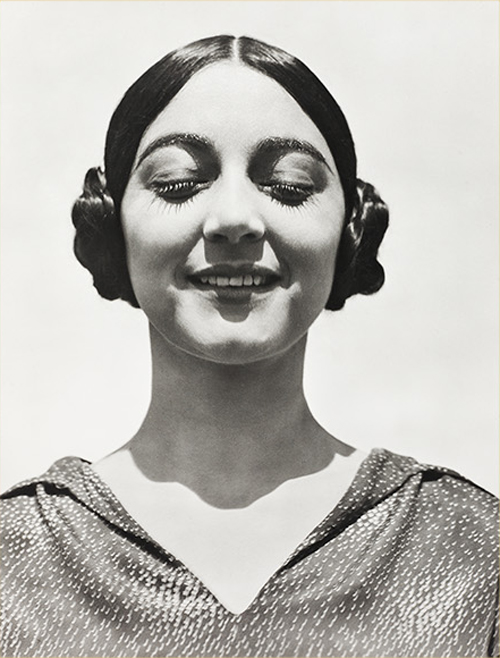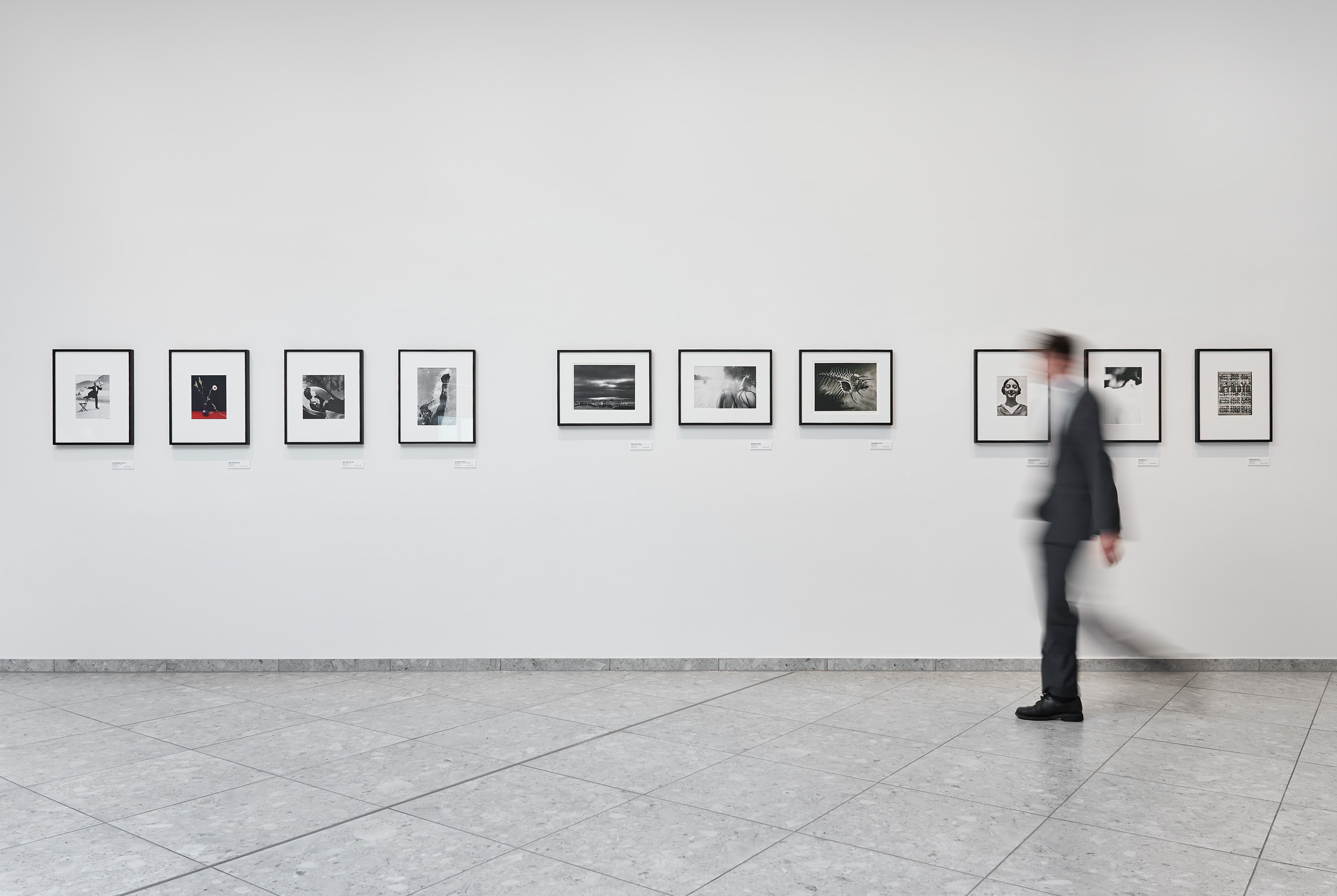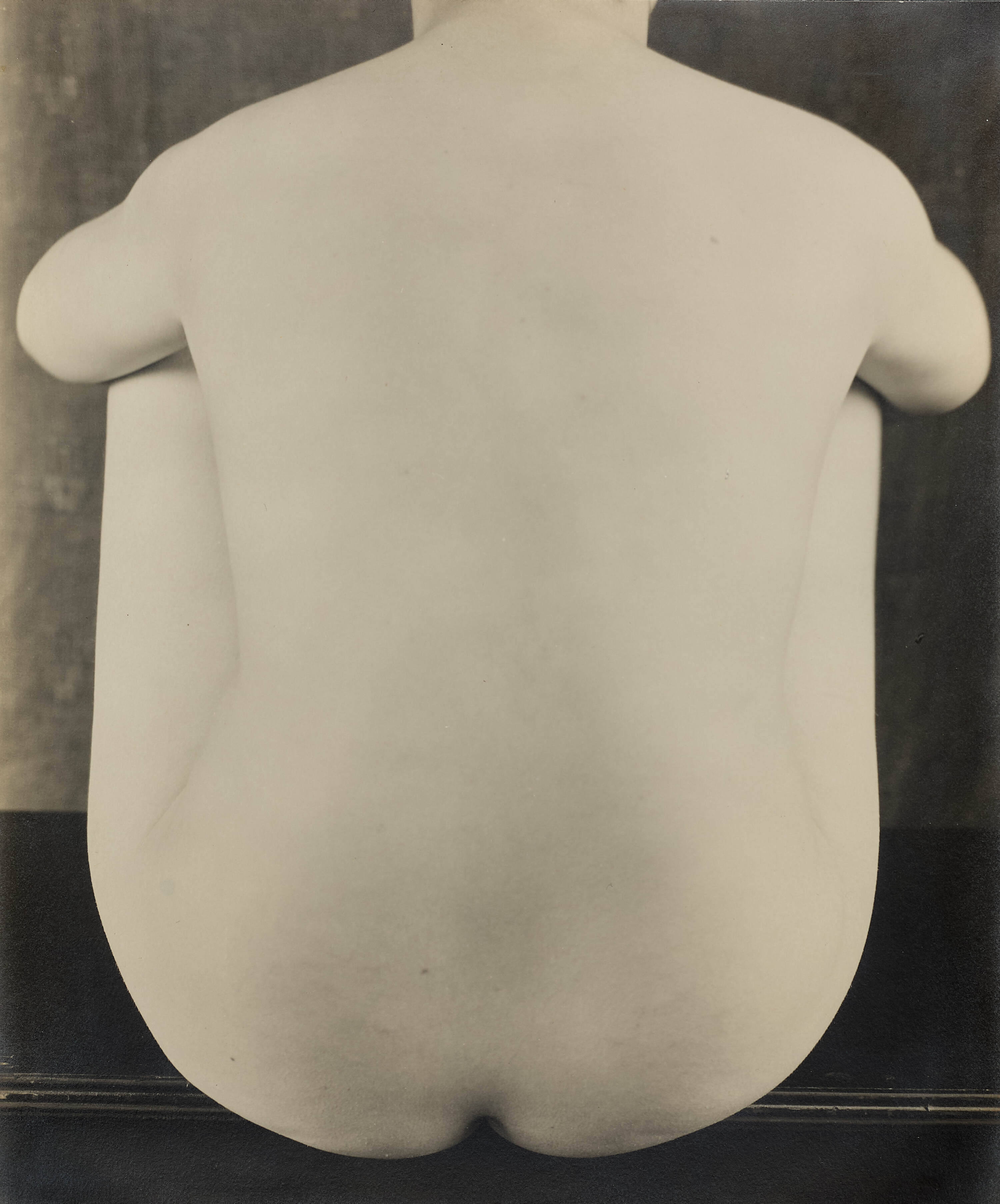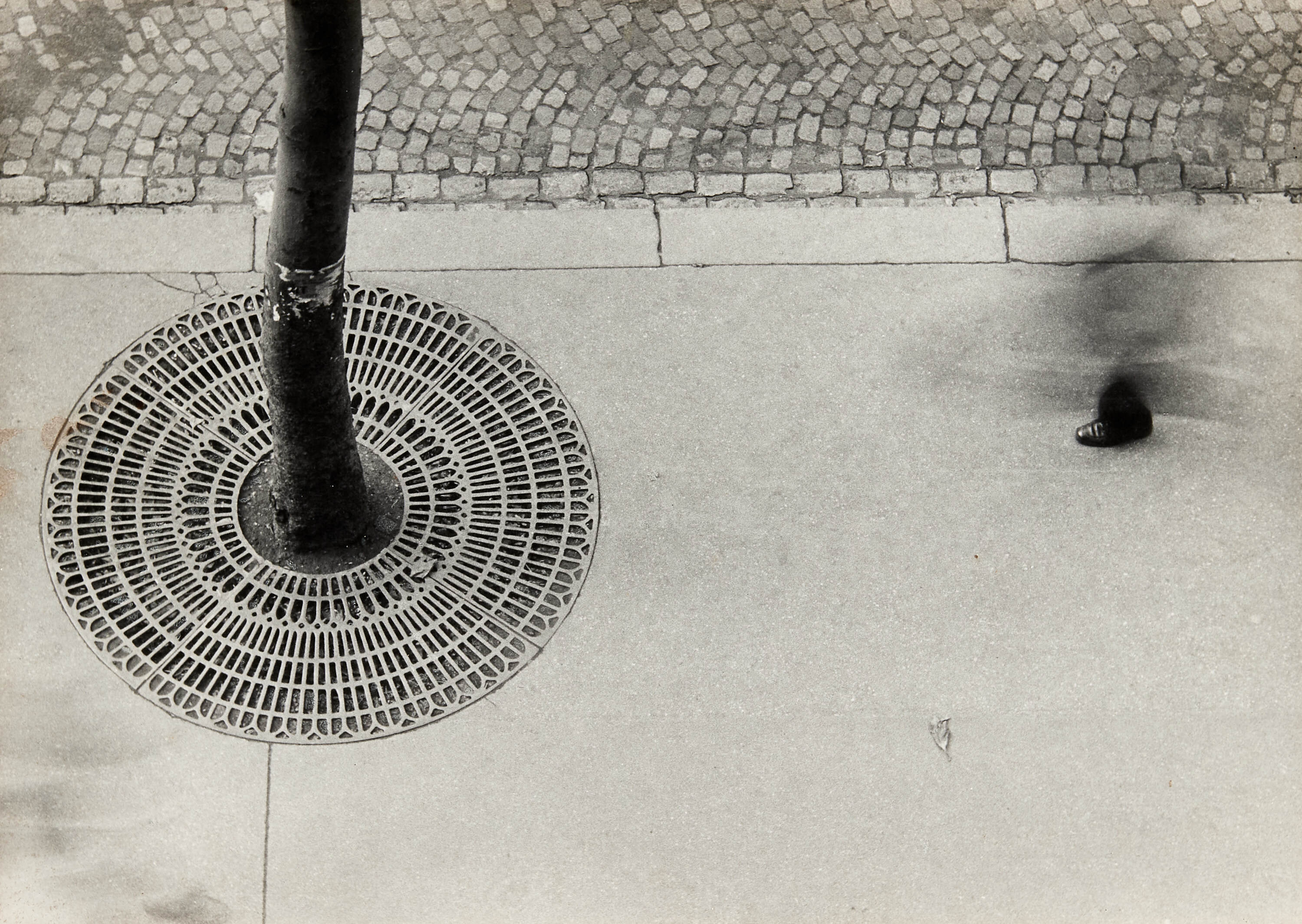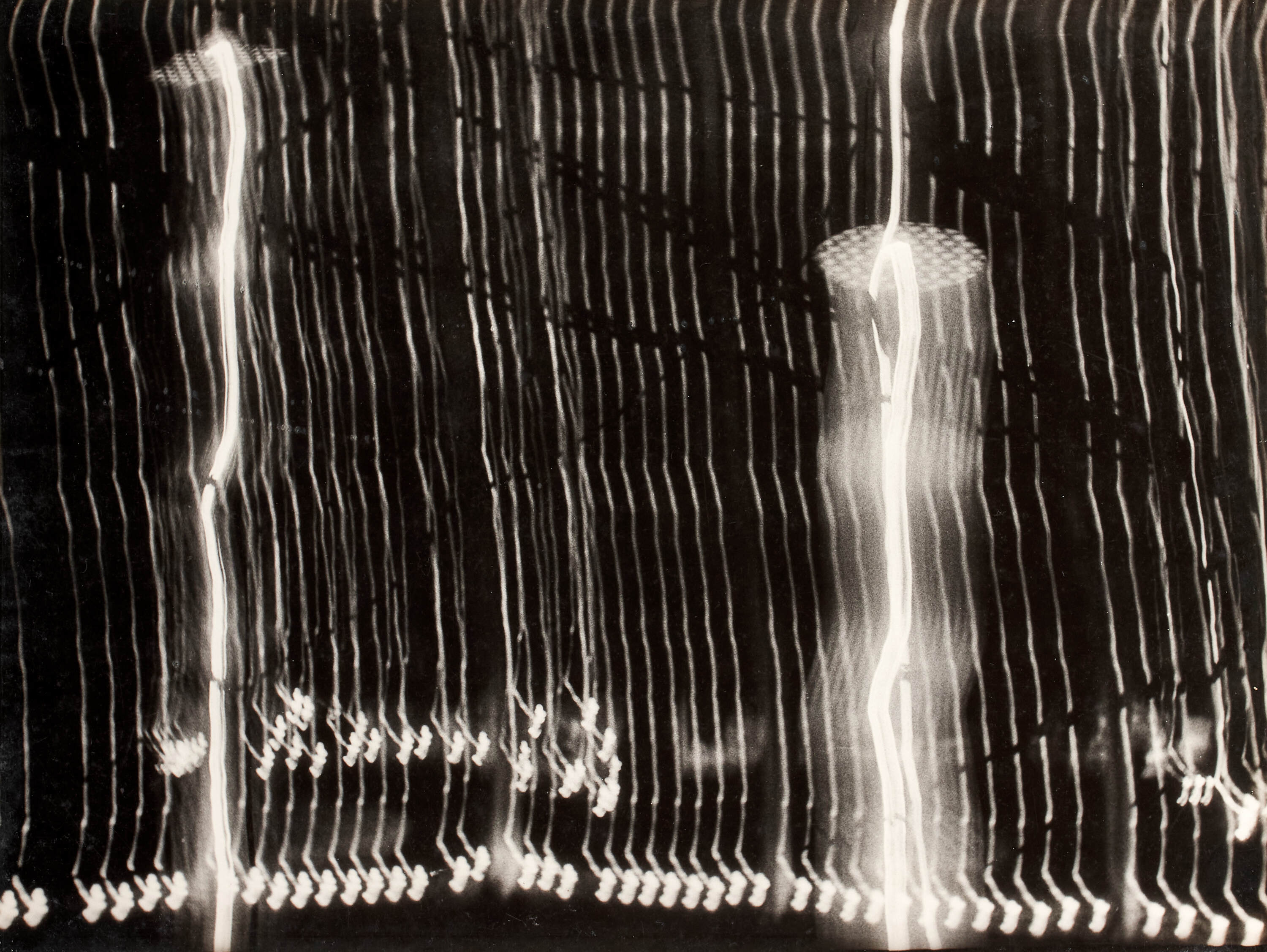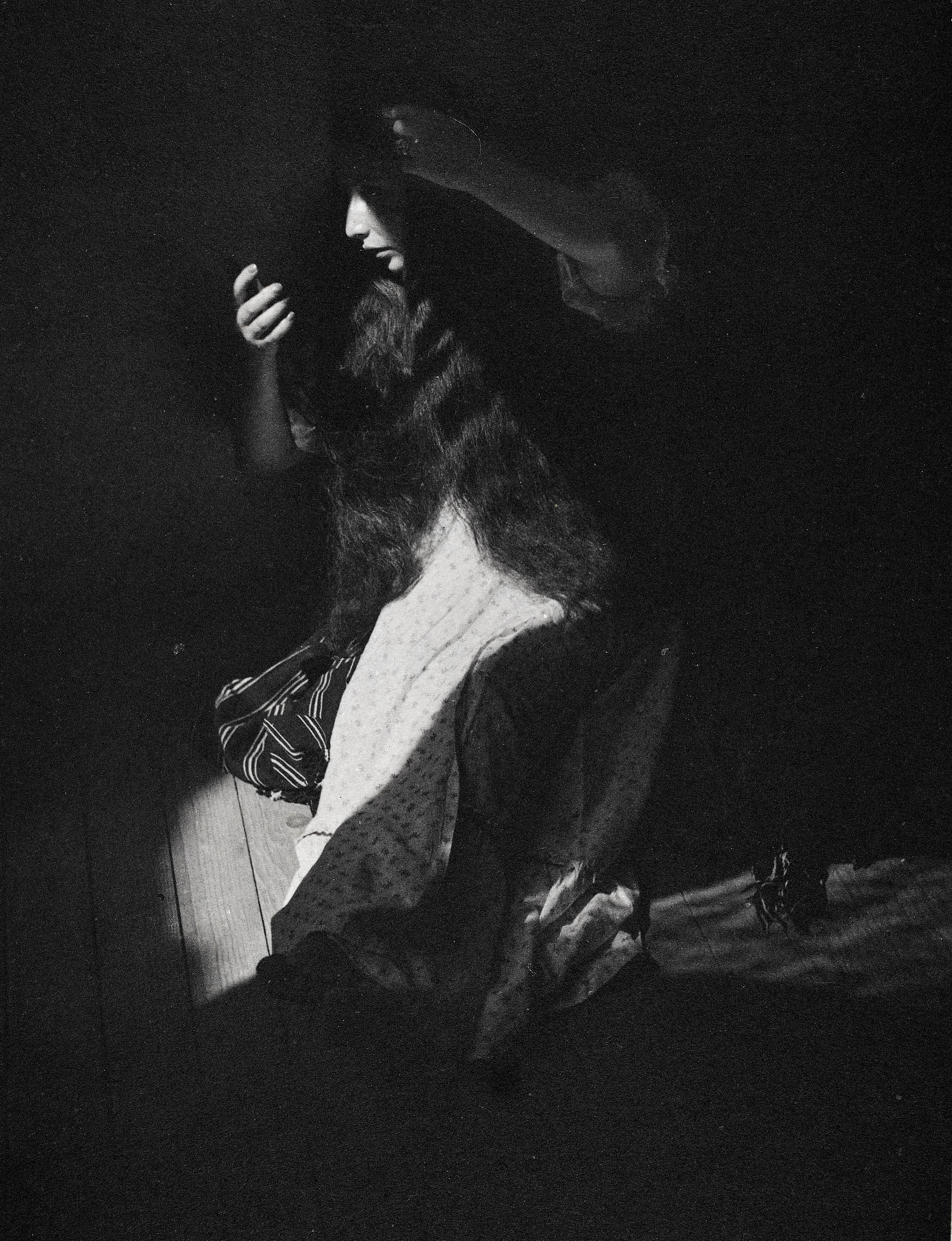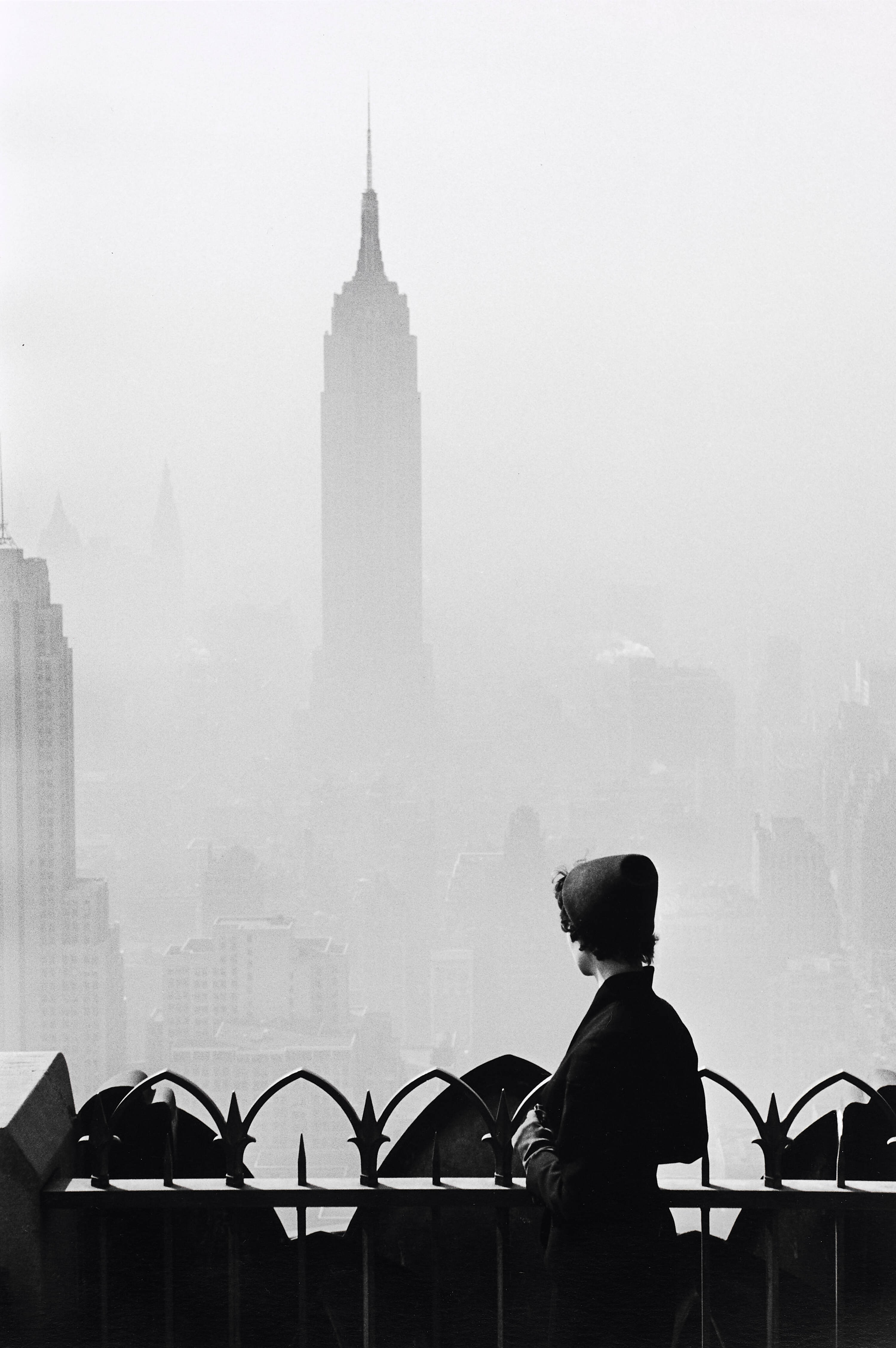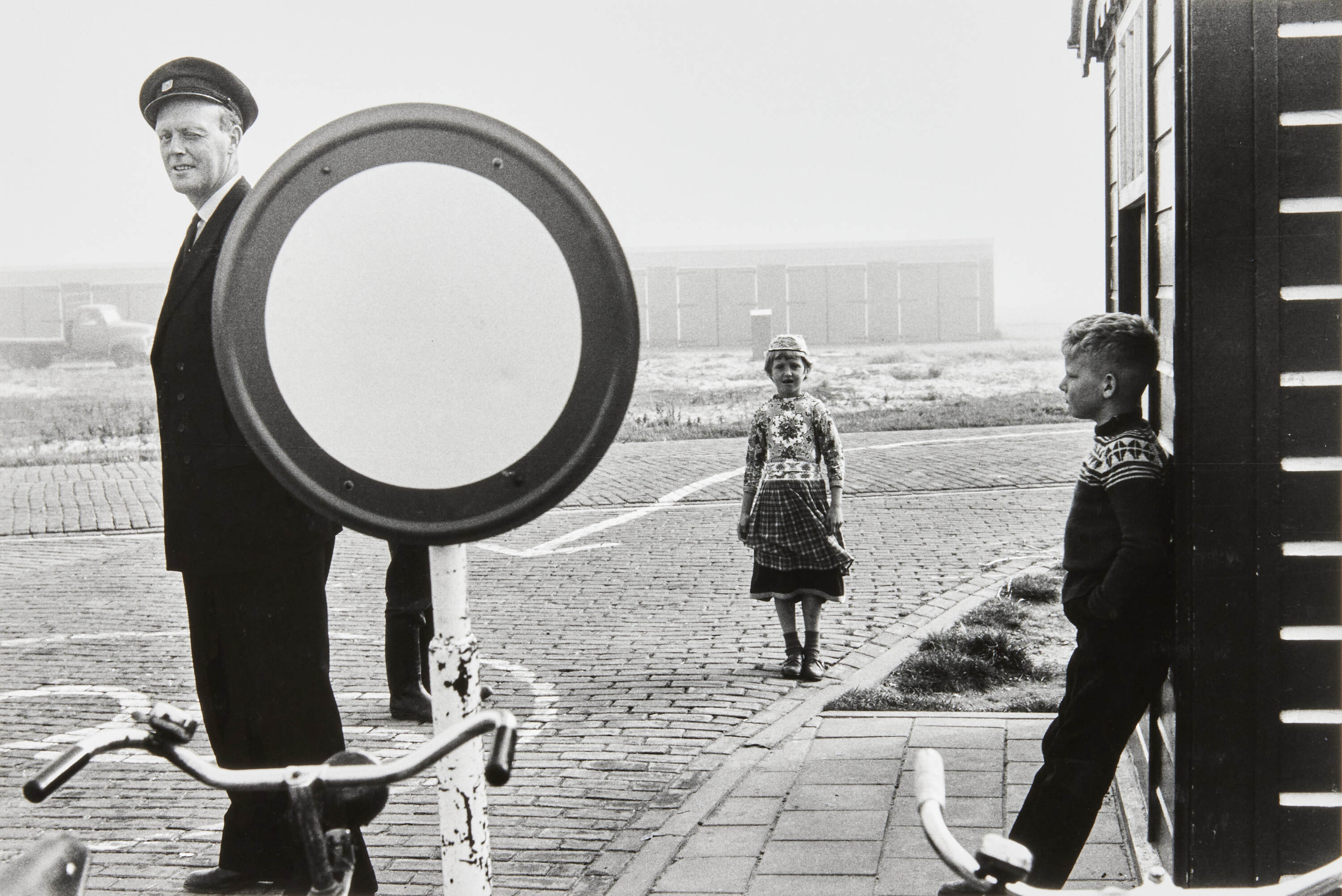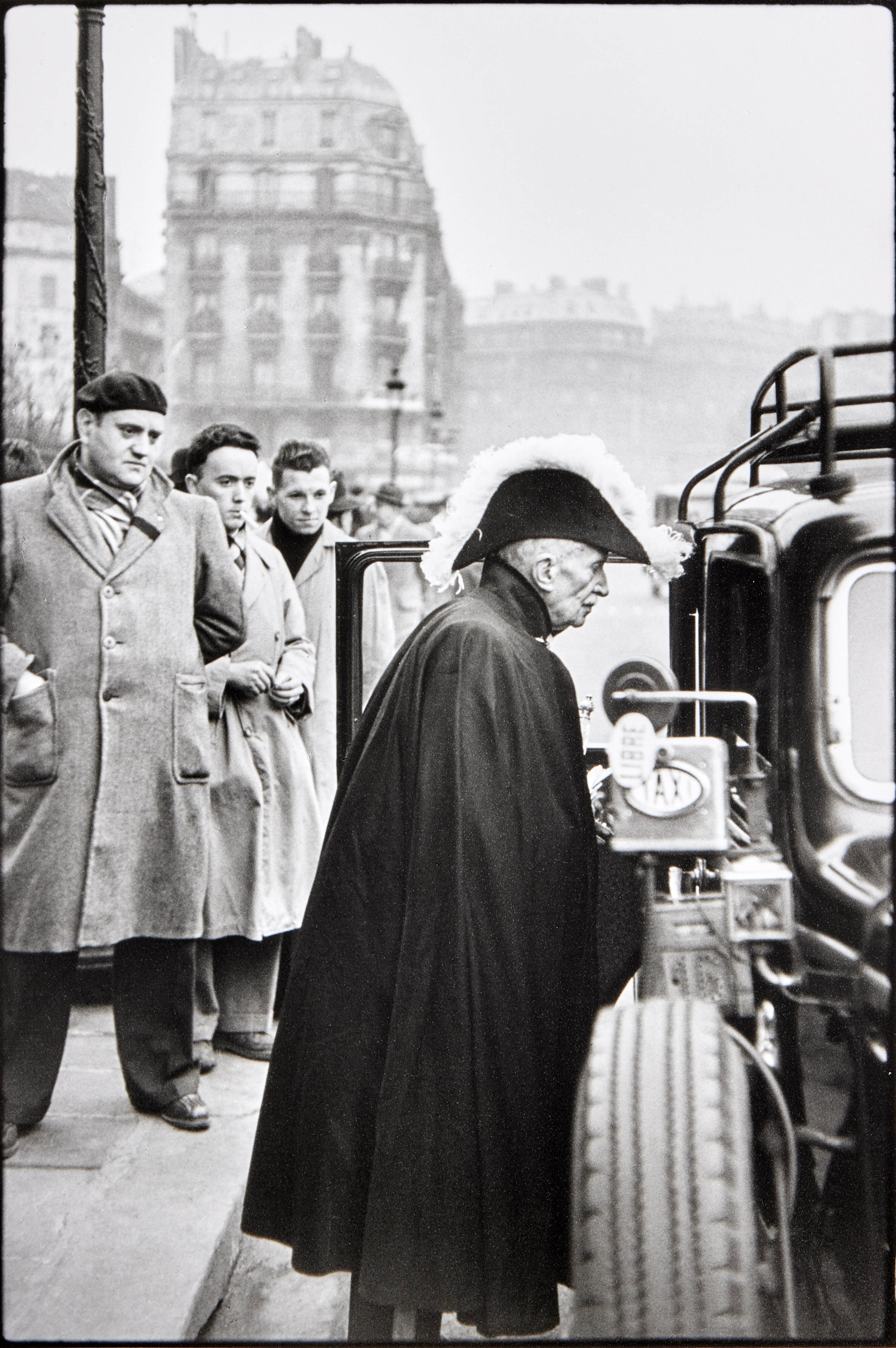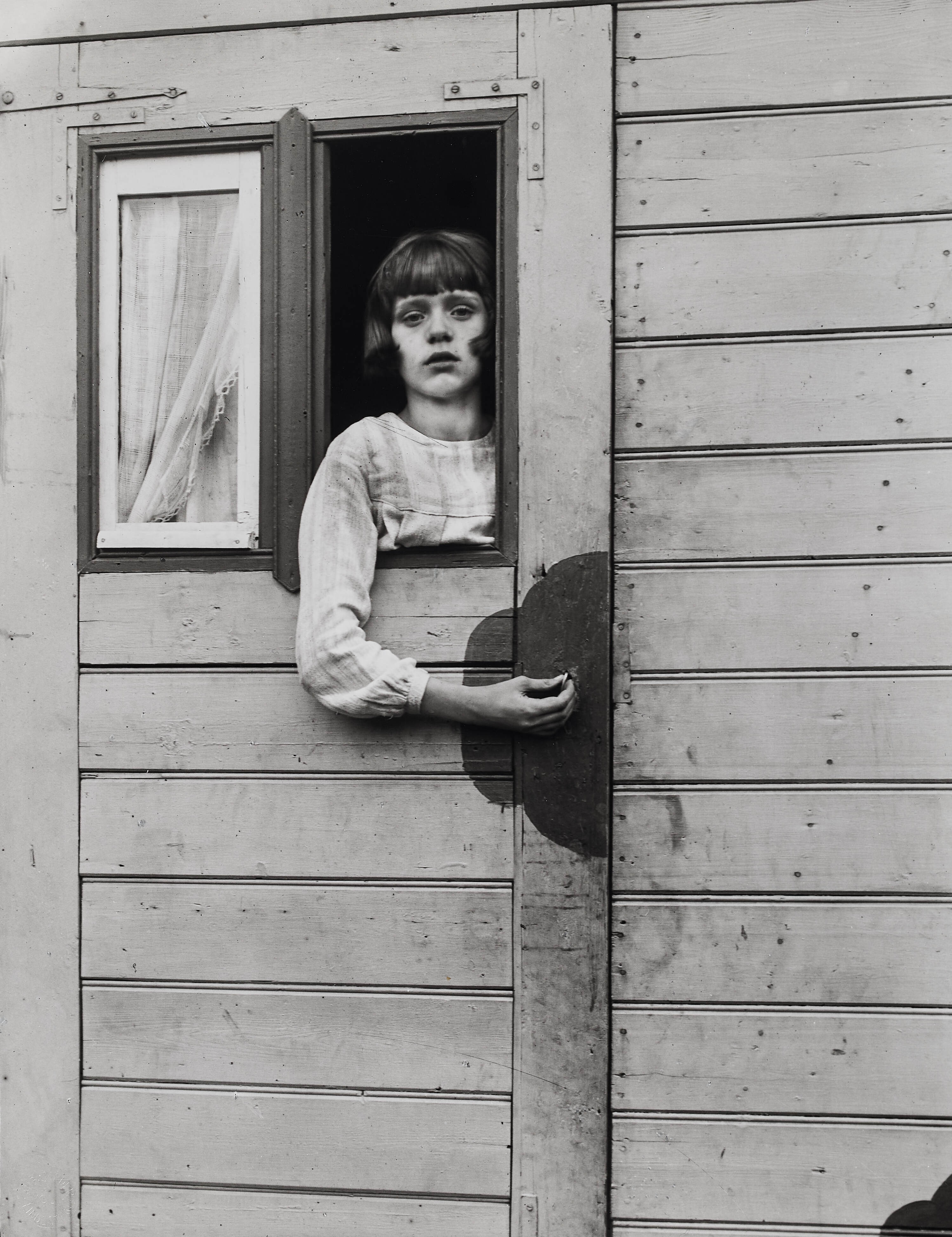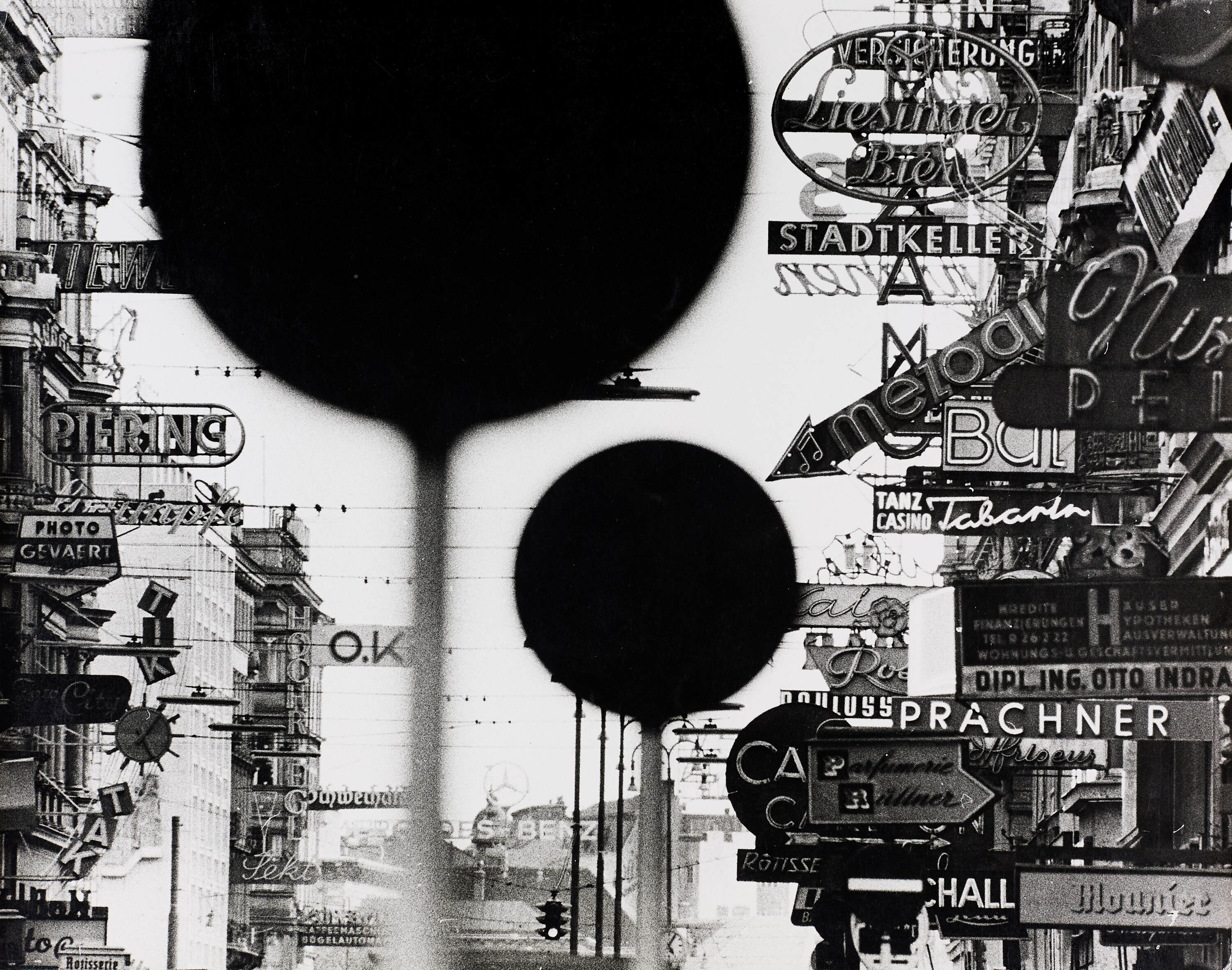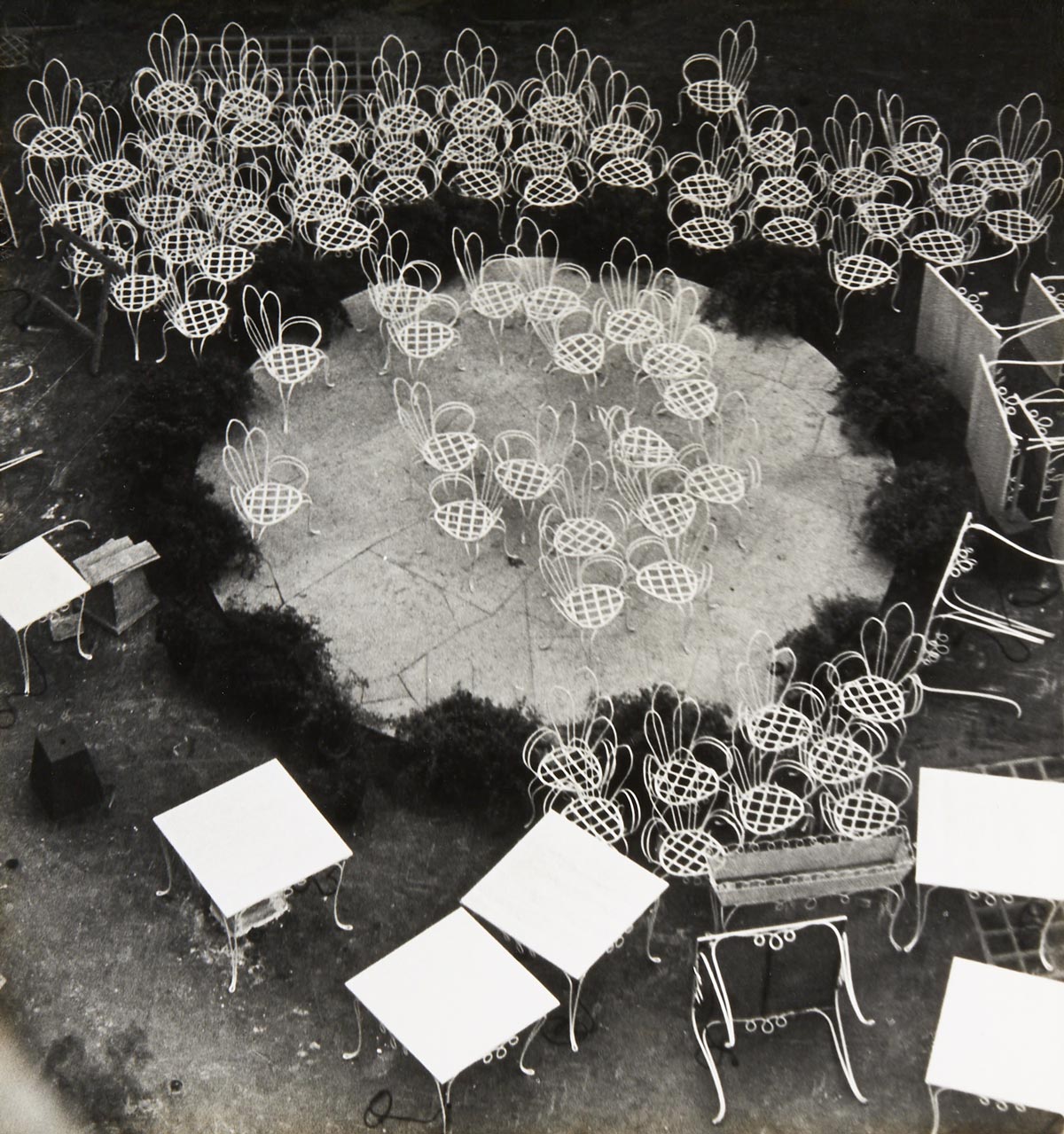
PHOTOGRAPHS AUCTION

AUCTION CLOSED
Thank you for
your participartion
AFTERSALE UNTIL 22nd NOV 2025
aftersale catalogue
30th October 2025
6:30 pm CET
Leica Gallery Vienna, Austria
PRE-BIDDING HAS STARTED
VIEW ONLINE CATALOGUE
PREVIEW
17 - 30. October 2025
Leica Gallery Vienna, Austria
Seilergasse 14, 1010 Vienna
© HORST P. HORST - End of the Party, Rome 1951
PHOTOGRAPHS AUCTION

AUCTION CLOSED
Thank you for
your participartion
AFTERSALE UNTIL 22nd NOV 2025
aftersale catalogue
30th October 2025
6:30 pm CET
Leica Gallery Vienna, Austria
PRE-BIDDING HAS STARTED
VIEW ONLINE CATALOGUE
PREVIEW
17 - 30. October 2025
Leica Gallery Vienna, Austria
Seilergasse 14, 1010 Vienna
Buy / Bid
Create an Account
Sell / Consign
Visit LEICA CLASSIC

